IAWC files for rate change
MOORESVILLE – Indiana American Water Company, which services an average of 3,700 customers or more in Mooresville, filed an application with the Indiana Utility Regulatory Commission to adjust rates for water service in all of the company’s operating districts.
Indiana American Water’s ongoing infrastructure investments are the driver behind the rate request, said company spokesman Joe Loughmiller. He said IAWC will have invested nearly $221 million statewide to enhance its water infrastructure between July 1, 2011, and November 30, 2015. All these investments in local infrastructure systems enhance service quality, reliability and fire protection for customers while keeping the cost of water service for most local households their most affordable utility bill, the company claims – at about a penny per gallon.
In 2012, IAWC put in place a 17 percent rate increase for homeowners, which prompted the Mooresville Town Council to try and acquire the water company through eminent domain. The issue will be heard in a May 13-16 jury trial, and appraisals of the IAWC property have been done. Mooresville offered IAWC $6.5 million for the property, but it was turned down. Town officials felt these rate increases would become more common, especially since IAWC has stated it is heading toward a single-tariff pricing system. This means Mooresville would be lumped in with other municipalities and would have to share (through rate increases) in the payment of infrastructure improvements outside its boundaries.
Loughmiller said, however, that Mooresville will remain in its same pricing group with Wabash and Winchester.
“We are going to ask the IURC with this rate increase that Wabash be moved up to the next pricing group because we’ve made a significant investment there with the new elevated water tank,” Loughmiller said. “It would be to their benefit to be in that group.”
The 750,000 gallon elevated water storage tank at the city’s Wabash Business Complex was a $2.2 million project, a collaborative effort between IAWC, the City of Wabash, the U.S. Department of Commerce and the Economic Development Group of Wabash County. It was part of a larger $6.3 million initiative to place necessary infrastructure at the new complex.
If IAWC’s new request is approved as filed, the impact in rates for a typical residential customer using 4,600 gallons per month would be approximately $ 2.74 per month or 9 cents per day. Loughmiller said depending on an industrial customer’s water use, it would mean a 10 to 15 percent increase in water rates.
According to Indiana American Water president Alan DeBoy, “Indiana American Water’s strategy is to make prudent, proactive investments in our infrastructure, which is more cost-effective in the long run and reduces the risk of major service and water quality issues.
“Since our last rate request, we have continued to implement efficiencies and best practices throughout our business to reduce our operating and maintenance expenses over the last four years,” DeBoy said. “Our employees are doing more with less through productivity gains like process improvements, attrition in the labor force and using and deploying new technology. They have also kept their focus on quality service by enhancing overall customer satisfaction during the same time period.”
The net effect is a projected reduction in operating and maintenance costs of more than $7 million from 2010 to 2015, according to DeBoy.
“In contrast, if we had simply allowed these types of expenses to rise at the inflation rate during this time, the result would have been an increase in operating/maintenance expenses of more than 23 percent, or $16.1 million,” he said.
The company has invested more than $1.4 million in the Mooresville area, according to the rate request. It invested more than $500,000 on rehabilitation of an elevated water storage tank. Troy Bryant, Mooresville plant manager, said the tank was sandblasted inside and out and repainted inside and out. Other costs mentioned in the rate request such as almost $230,000 for installation and relocation of water mains and fire hydrants; more than $350,000 in plant improvements; and $500,000 to install new water meters and service lines for customers in the area are part of regular upgrading and maintenance, Bryant said.
“This is not an unusual expense for us – it’s not anything really above and beyond what we normally do,” Bryant said.
On the IAWC’s website and list of water quality reports for 2012, Mooresville’s investment is pretty average compared to what the water company invested in Johnson County, $6.7 million for 2012; $2.9 million in Richmond, $5.9 million in Kokomo, $6.9 million in Muncie and $3.7 million in West Lafayette.
Many communities across the country are facing a challenge of deteriorating water and wastewater infrastructure and associated rate hikes. The United States EPA says the nation’s water and wastewater utilities will need to invest approximately $1 trillion in water and wastewater infrastructure over the next two decades to replace thousands of miles of pipe and for upgrades to treatment plants, storage tanks and other assets to ensure public health.
No rates will change until the IURC completes a comprehensive review of the request and determines it is reasonable and justified. By statute, the IURC is required to return an order regarding the company’s rate request within 300 days of the filing. If approved as requested, the typical residential monthly bill would increase by 8.53 percent. Public hearings and opportunities for public comment are part of the process, under the direction of the IURC. For more information on IAWC, go to www.amwater.com. To find out more about the IURC, go to http://www.in.gov/iurc/2624.htm.
By Amy Hillenburg | Reporter | Published January, 29th 2014 in The Reporter Times


Comments
No Comments